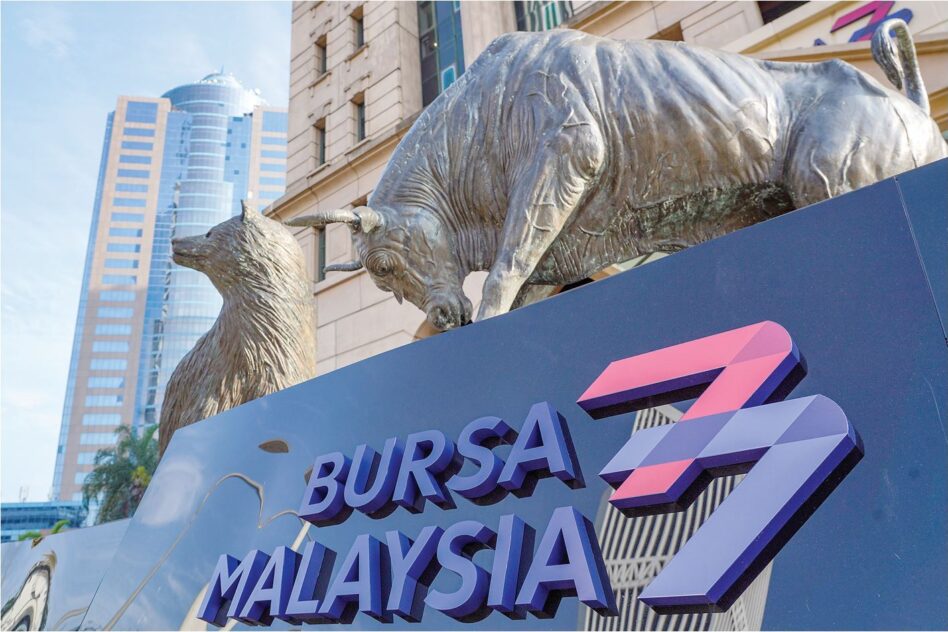LAST week’s 3.3 million unemployment-benefits claims in the United States rewrote the record books. Congress, meanwhile, is working on a US$2 tril stimulus package to counter the economic pain of the Covid-19 pandemic. What’s the net effect on businesses? Nine months’ total shutdown is one interpretation of the more than 20% drop in the S&P 500 Index in 2020.
The math works like this. Since Dec 31, 500 of the biggest US companies have lost around US$6 tril in market capitalisation as of Friday morning. Assuming that reflects a one-off hit, it’s as if the coronavirus crisis erased the US$1.5 tril in annual earnings analysts were forecasting at the start of this year, according to Refinitiv data, and furthermore drove them to a loss of US$4.5 tril.
That’s a loss of net profit. The next question is what that means for the top line. Assume company bosses try to retain many employees and keep operations ticking over even though they can’t sell anything at all. Maybe they can avoid about half their usual variable costs, which typically run around 65% of sales according to NYU Stern.
Assuming that and ignoring tax effects, the US$6 tril plunge from profit to loss equates to a nearly US$9 tril reduction in revenue. That’s around three-quarters of the annual US$12 tril forecast for the S&P 500 members for all of 2020, per Refinitiv.
Any effort to quantify the Covid-19 impact at this stage, when the timing and impact are unknowable, is merely a thought experiment. Still, that result sounds too pessimistic. But it’s less extreme if part of the problem was that stocks were overvalued in the first place.
At the end of 2019, the cyclically adjusted price-to-earnings ratio for the S&P 500, as developed by economist Robert Shiller, stood above 30, a level only meaningfully exceeded before the dot-com bust at the turn of the millennium. The 50-year average CAPE is around 20. Just reverting to the mean would have meant a 33% fall in the index. Maybe the virus has, in part, exacerbated pre-existing market conditions. – March 29, 2020, Reuters









